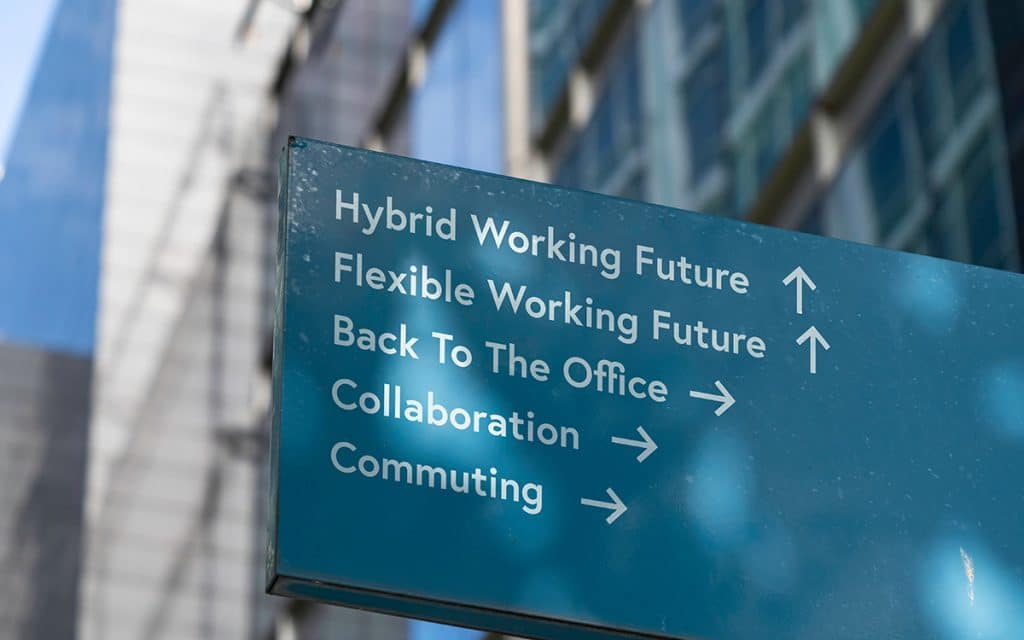While it was certainly necessary for a time, is the hybrid work model still a sustainable approach as the world churns back into motion? Are there circumstances in which it’s still the right setup for you and your business, and if so, what are they?
Employee attrition continues to be a leading concern when it comes to keeping businesses in tip-top shape. And while it’s easy enough to say that meeting employees’ needs is the way to maintain a complete and happy team, it can be tough to figure out what, exactly, that means. What are they looking for, and what can you provide? Balancing those concerns is the crux of the matter.
Challenging as the surrounding circumstances may have been, numerous employees have seen the experience of working from home as an opportunity, exploring other ways to get the job done right while enjoying greater flexibility and space for work-life balance. Most employees who have tried the work-from-home experience hope to keep it up, to the point where many are likely to seek out other opportunities if their current position requires a return to onsite work.
Employees want to be met where they are (more literally now than ever before). This can mean figuring out what kind of setup would work best for each position, if not for each employee (the latter being desirable but not always achievable). One size does not fit all, and while some employees do their best work in a more-or-less remote capacity, others accomplish more if they touch base onsite, at least every now and then.
It seems that employees are just as concerned as their employers about what makes the most sense: Is this kind of work best served onsite? Are there responsibilities involved that can be fulfilled just as well—if not better—from home?
Figuring out the ideal setup for you and your employees should be more than “What do you need?” Instead, both parties should be asking, “What works best for us?” Answering that question efficiently as well as equitably may well be the key to optimized operations




